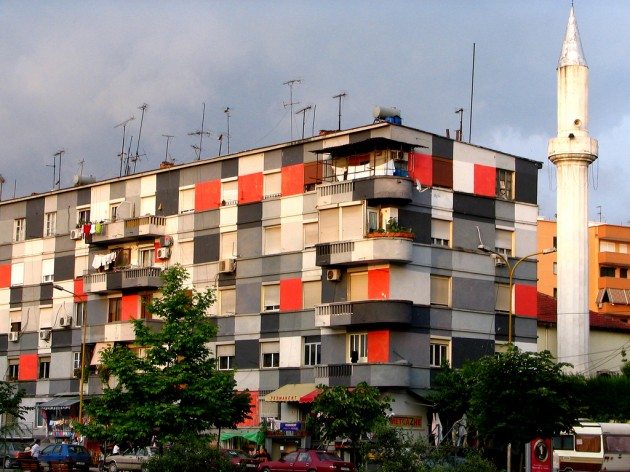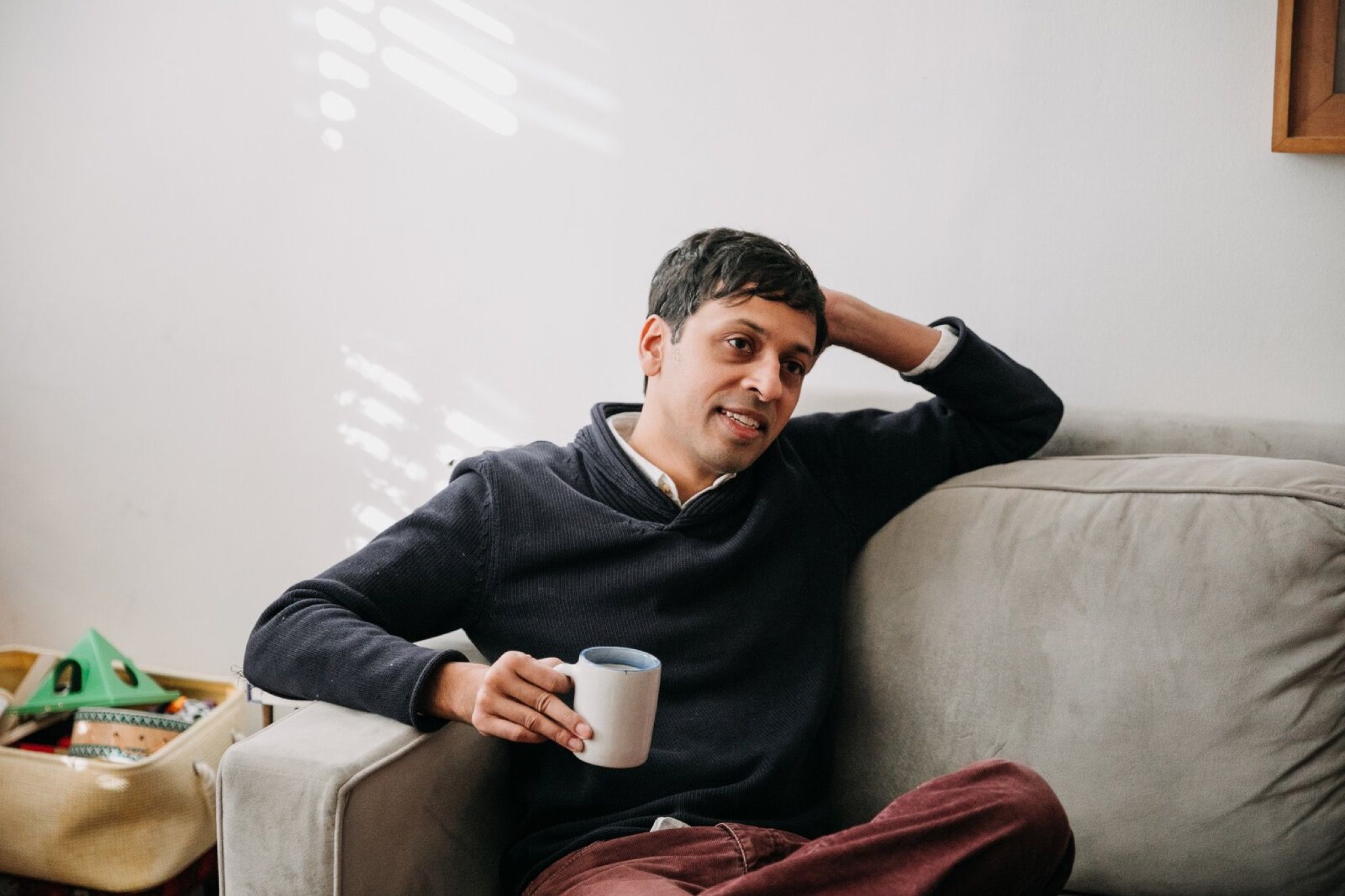More Politicians Should Be Artists / More Artists Should Be Political: Take Note from Albanian Prime Minister EDI RAMA
In 032c #18, we discussed a collaboration between then Mayor of Tirana, Albania, EDI RAMA and artist ANRI SALA, a book titled Edi Rama 2000-2009. In it, Rama—a former painter and a celebrated art terrorist of sorts—unfolds a sort of timeline of his private history through a decade in public office, indexed by his daily sketches on office memos and pages of his agenda. Now Prime Minister of his native Albania, Rama speaks with HANS ULRICH OBRIST and Sala about political renewal through aesthetic intervention in the Balkans:
RAMA: Later, his office asked for my CV, and I just wrote: “Edi Rama, born on the fourth of July. That is enough.” And then a day later, I became minister of culture, and my life changed forever.
When I began as minister of culture in 1998, I was totally independent. I was not even a member of a party. And the first and most important thing that I learned about politics and image had to do with the way I was dressing, which was the way I dressed before I became minister: in a completely nonconformist way. With my red jackets, flamboyant shirts, or yellow pants, I was like an unidentified flying object in the middle of a sea of dark suits and ties! And I think this made many young people feel like I was representing them, just by my style.
I was very young, too, at the time: I was thirty-four. I began organizing a lot of events for youth, as well as international competitions for art, opera singers, young filmmakers, book and art prizes, and then a biennial. I reopened movie theaters, which were nonexistent here; avant-garde cinema had been banned. And I spoke out very harshly against tradition, against the establishment. So I became popular. That’s why I won by a landslide in the election for mayor of Tirana two years later. It was the largest rate of youth participation in an election here.
Once I was mayor, we actually started to paint buildings. We simply painted bright, colorful facades on rows of grim socialist block housing—and it was transformative. The colors bound together all the volumes that had been wantonly added to the original surface, piecemeal, by residents who needed to expand their living space but who were not concerned with the forms produced by such alterations and the consequent disfiguring of facades. I thought it would be a cheap, effective way to change people’s perception of the country and their common space. It worked. And the project generated the first good international press about Albania after the regime change.
Culture is infrastructure. It’s not mere surface.
Via Artforum

